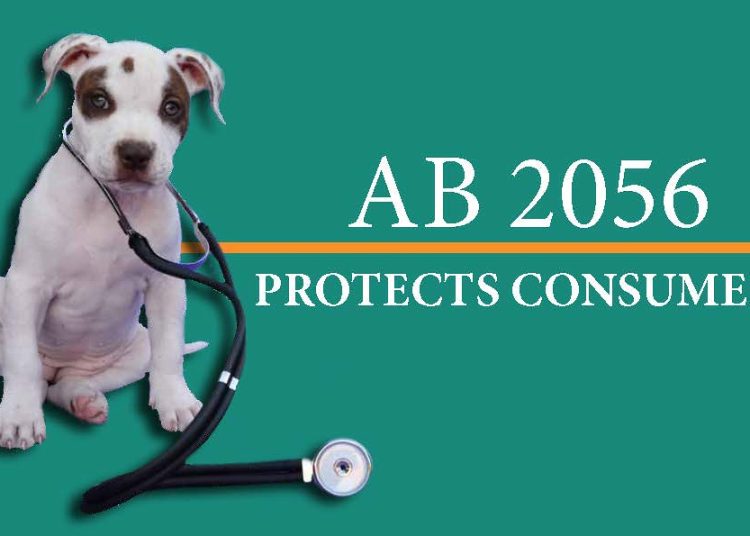Pet insurance can be a lifesaver when it comes to covering unexpected veterinary expenses, but navigating the world of pet insurance can be tricky. With so many providers, coverage options, and policy details, it’s easy for pet owners to make mistakes that can end up costing them in the long run. To help you avoid the most common pitfalls, we’ve compiled a list of pet insurance mistakes and how to steer clear of them.
Mistake 1: Choosing the Cheapest Policy Without Considering Coverage
When it comes to pet insurance, many pet owners are tempted to choose the plan with the lowest monthly premium. While it’s understandable to want to save money, choosing the cheapest plan may not always be the best decision for your pet’s health or your wallet. Low-cost policies often come with limited coverage, high deductibles, or low reimbursement rates, which means that you may end up paying more out of pocket when your pet needs care.
How to Avoid It: Instead of focusing solely on the cost of the premium, look at what the policy actually covers. Consider whether the plan includes coverage for accidents, illnesses, chronic conditions, and wellness care. Evaluate the deductible, reimbursement rate, and coverage limits to ensure that you are getting the best value for your money. A slightly higher premium may provide significantly better coverage and save you money in the long run.
Mistake 2: Not Understanding Policy Exclusions and Waiting Periods
One of the biggest mistakes pet owners make is not fully understanding the exclusions and waiting periods that come with their pet insurance policy. Exclusions are conditions or treatments that are not covered by the policy, while waiting periods are the amount of time you must wait before certain coverages take effect. Failing to understand these details can lead to unpleasant surprises when you try to file a claim, only to find out that the treatment isn’t covered.
How to Avoid It: Read the fine print of the policy carefully and ask questions about anything you don’t understand. Make sure you are aware of what is excluded from coverage, such as pre-existing conditions, hereditary issues, or elective procedures. Understand the waiting periods for different types of coverage so that you know when your policy will begin to cover your pet’s medical needs.
Mistake 3: Not Considering Your Pet’s Specific Health Needs
Every pet is unique, and their health needs can vary depending on factors such as age, breed, and lifestyle. A one-size-fits-all approach to pet insurance can leave gaps in coverage, especially for pets with specific health risks. For example, some breeds are more prone to hereditary conditions, while older pets are more likely to develop chronic health issues. Failing to consider your pet’s specific needs when choosing a policy can result in inadequate coverage.
How to Avoid It: Take your pet’s unique characteristics into account when selecting a pet insurance plan. If you have a breed that is prone to certain health conditions, look for a policy that covers hereditary and congenital conditions. For older pets, consider a plan that includes coverage for chronic illnesses. Tailoring your coverage to your pet’s specific needs will help ensure that they receive the care they need without unexpected costs.
Mistake 4: Ignoring the Deductible and Reimbursement Structure
Many pet owners focus on the monthly premium without considering how the deductible and reimbursement rate will affect their out-of-pocket costs. The deductible is the amount you must pay before the insurance kicks in, and the reimbursement rate is the percentage of the vet bill that the insurance company will cover. A low premium may come with a high deductible or a low reimbursement rate, which can result in higher out-of-pocket expenses when your pet needs care.
How to Avoid It: When comparing pet insurance plans, look at the deductible and reimbursement rate in addition to the premium. A higher deductible can lower your monthly premium, but it also means more out-of-pocket expenses when your pet needs care. Choose a deductible and reimbursement rate that fit your budget and risk tolerance. For example, if you want to minimize upfront costs during a veterinary emergency, opt for a lower deductible and a higher reimbursement rate.
Mistake 5: Waiting Too Long to Enroll in Pet Insurance
Another common mistake pet owners make is waiting too long to enroll their pet in an insurance plan. Many people assume that pet insurance isn’t necessary until their pet is older or starts showing signs of health issues. However, most pet insurance providers do not cover pre-existing conditions, which means that any health issues your pet develops before enrollment will not be covered by the policy.
How to Avoid It: The best time to enroll in pet insurance is when your pet is young and healthy. Enrolling early ensures that any future health issues will be covered, and it also allows you to lock in a lower premium. Even if your pet is older, it’s still worth considering pet insurance to cover unexpected accidents and illnesses, but keep in mind that pre-existing conditions will not be covered.
Mistake 6: Not Comparing Multiple Providers
Pet insurance policies can vary significantly between providers in terms of coverage, cost, and customer service. Many pet owners make the mistake of choosing the first provider they come across without taking the time to compare different options. This can result in missing out on better coverage or more affordable premiums from a different provider.
How to Avoid It: Take the time to research and compare multiple pet insurance providers. Look at customer reviews, coverage options, premiums, deductibles, and reimbursement rates. Use online comparison tools to evaluate different plans side by side. By comparing multiple providers, you can find the plan that offers the best coverage for your pet at a price that fits your budget.
Mistake 7: Overlooking Preventive Care Coverage
Preventive care, such as vaccinations, dental cleanings, and wellness exams, is an essential part of keeping your pet healthy. However, not all pet insurance plans include coverage for preventive care, and many pet owners overlook this aspect when choosing a policy. Skipping preventive care coverage can result in higher out-of-pocket costs for routine veterinary visits.
How to Avoid It: If preventive care is important to you, look for a plan that includes wellness coverage. While wellness coverage typically comes at an additional cost, it can help cover the expenses of routine care and catch health issues early before they become more serious (and more expensive) problems. Including preventive care in your pet insurance plan can help you keep your pet healthy while managing veterinary costs.
Mistake 8: Not Reviewing and Updating Your Policy
Your pet’s health needs can change over time, and failing to review and update your pet insurance policy can result in inadequate coverage. For example, a plan that worked well when your pet was young may no longer provide sufficient coverage as they age and develop health issues. Many pet owners make the mistake of sticking with the same policy without considering whether it still meets their pet’s needs.
How to Avoid It: Review your pet insurance policy annually to ensure that it still provides adequate coverage for your pet’s current health needs. If your pet has developed a chronic condition or if their lifestyle has changed, consider updating your coverage to better suit their needs. Contact your insurance provider to discuss your options and make any necessary adjustments to your policy.
Mistake 9: Not Understanding How Claims Are Processed
The claims process can vary between pet insurance providers, and not understanding how claims are processed can lead to frustration and delayed reimbursement. Some pet owners assume that the insurance company will pay the veterinarian directly, only to find out that they must pay upfront and wait for reimbursement. Not understanding the claims process can also result in missed deadlines or incomplete paperwork, leading to denied claims.
How to Avoid It: Before enrolling in a pet insurance plan, make sure you understand how the claims process works. Ask whether the provider offers direct payment to veterinarians or if you will need to pay upfront and submit a claim for reimbursement. Find out what documentation is required and how long it typically takes to receive reimbursement. Being informed about the claims process will help you avoid surprises and ensure a smooth experience when filing a claim.
Pet insurance can provide invaluable financial protection and peace of mind, but it’s important to avoid common mistakes that can lead to unexpected costs or inadequate coverage. By understanding your pet’s specific health needs, carefully reviewing policy details, and comparing multiple providers, you can choose a pet insurance plan that offers the best coverage for your furry friend. Taking the time to make informed decisions now can help ensure that your pet receives the care they deserve, without the added stress of financial worries.








